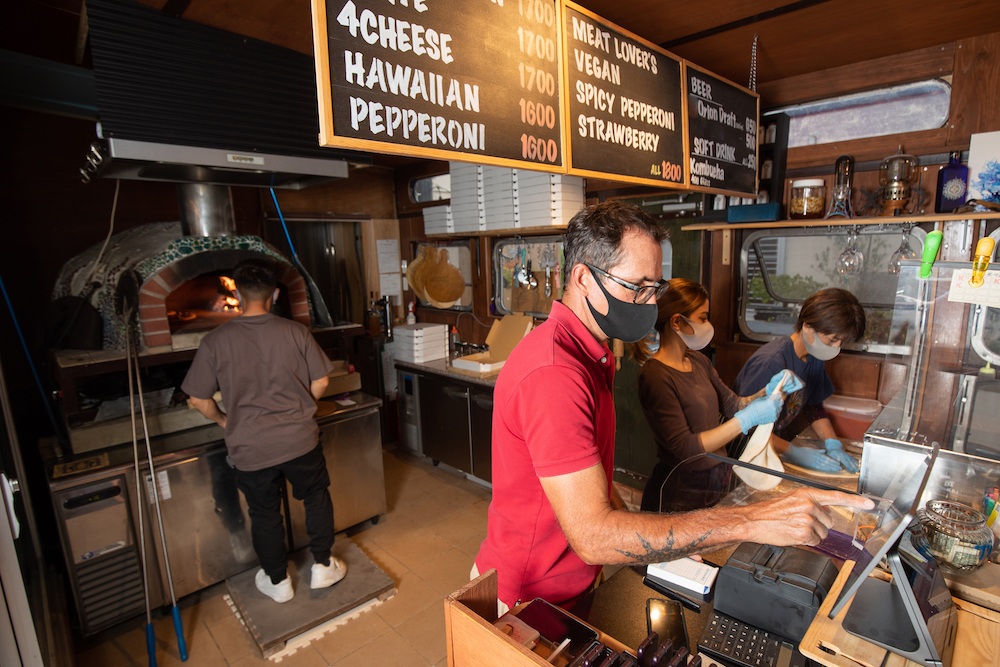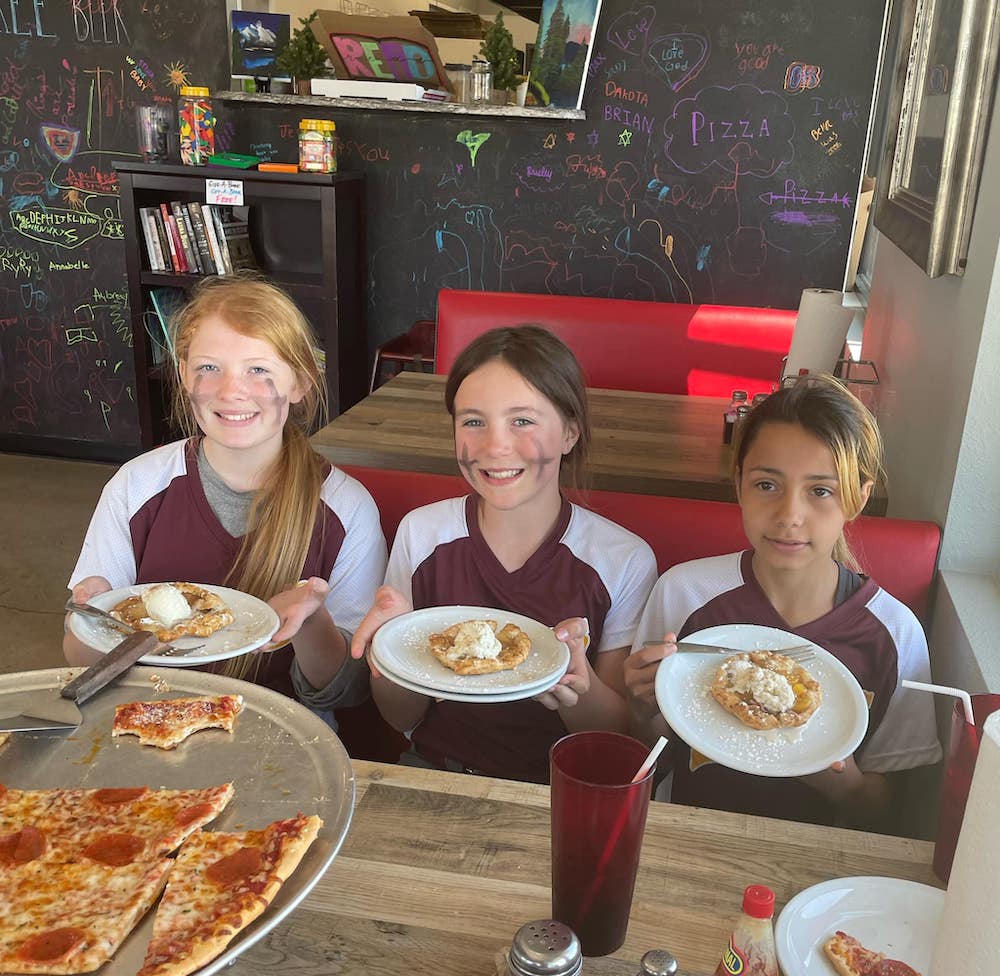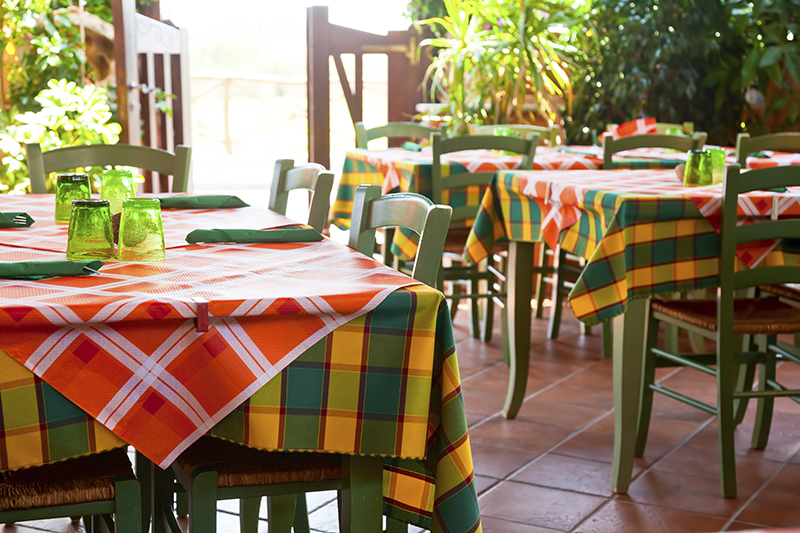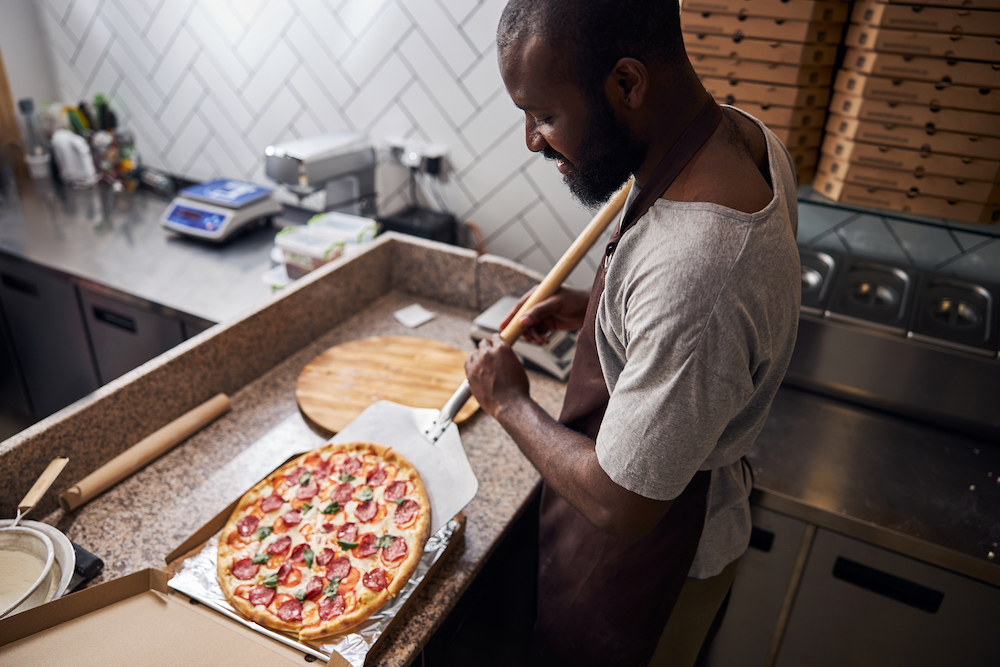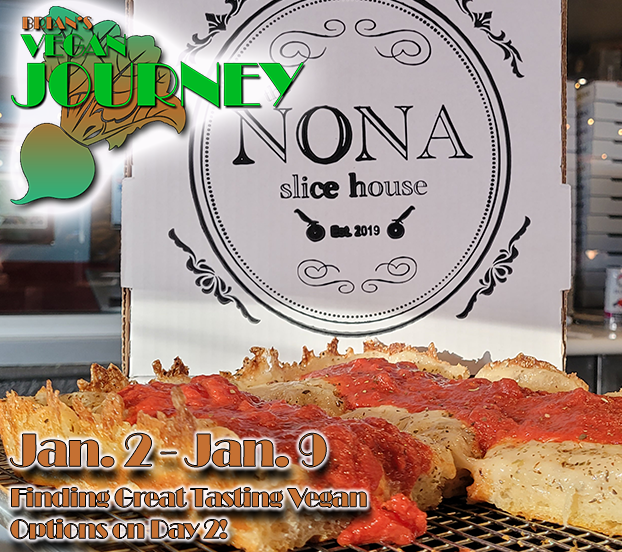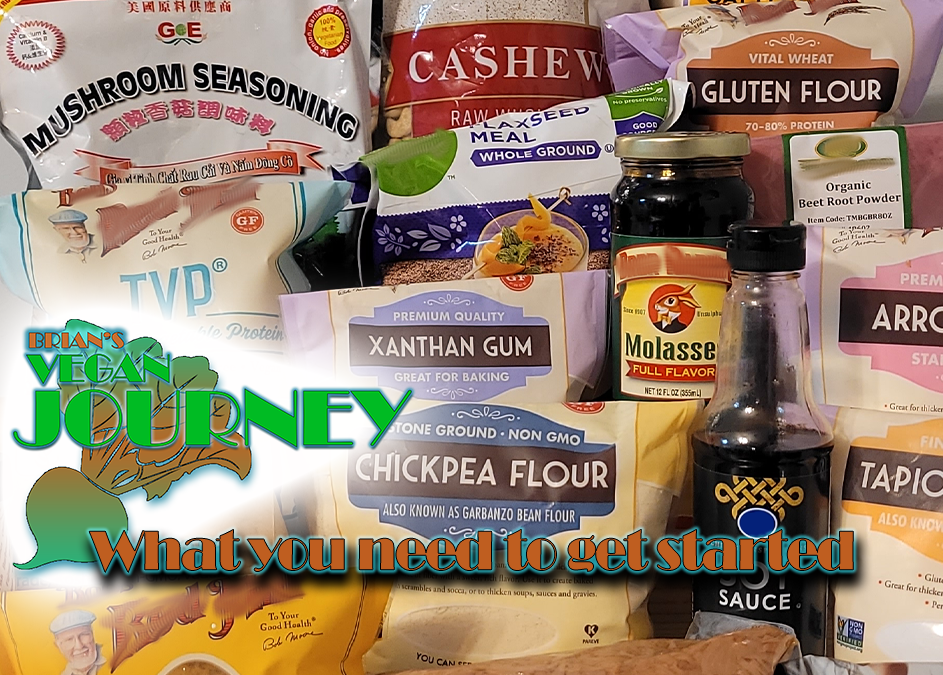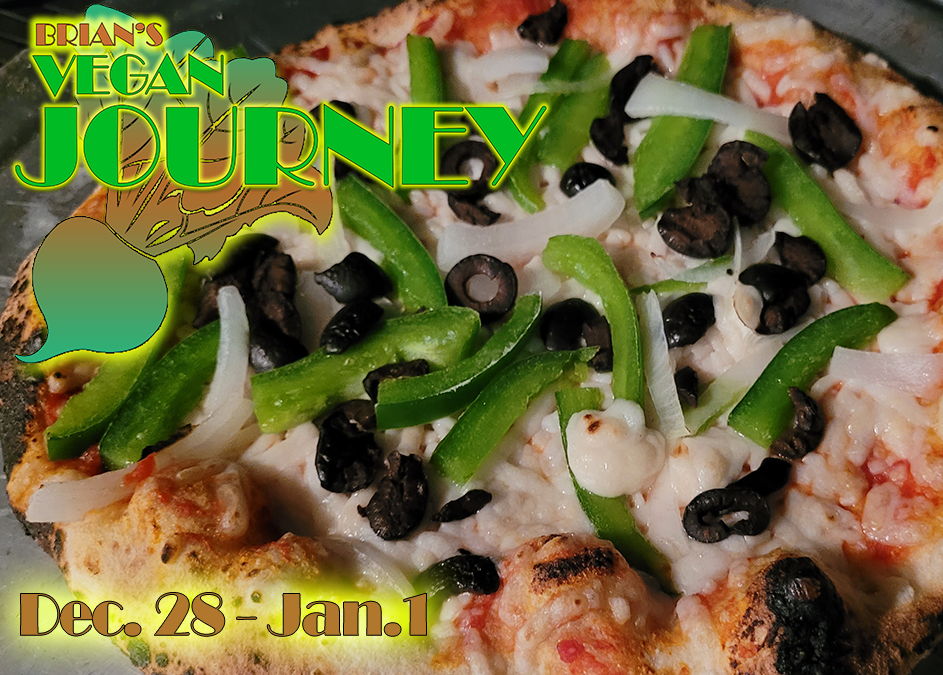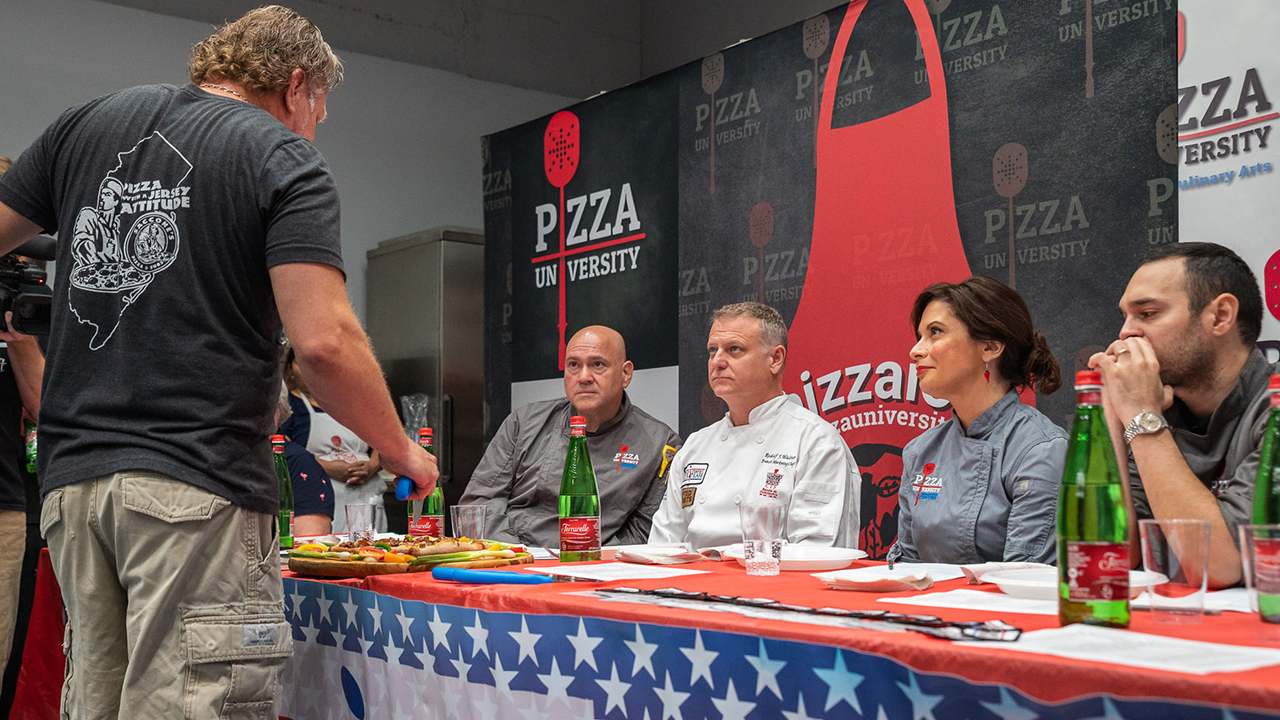Your pizzeria’s website is often your first point of contact with potential customers—it’s a marketing powerhouse that costs you very little and can pay big dividends year after year. But too many pizza restaurant operators put too little thought into their websites, and that neglect can cost them a great deal of business.
While it’s true that some pizzerias get by without any kind of web presence at all, they are the exceptions to the rule. Typically, these operations are decades old and firmly established in their communities. Some old-school owners even take pride in eschewing online marketing—they feel they’ve got all the business they need and attribute their success to an adherence to traditional values and four-walls marketing.
If you’re one of the lucky few operators who can thrive without a strong web presence, more power to you. For the rest, here are some website must-haves that are all too often overlooked:
1. Location and contact information. You may think you’ve got this one covered, but are you sure about that? Some pizzeria websites list a phone number and a street address but fail to include the city and state in which they’re located. Every website should include the restaurant’s full address, zip code and phone number on both the front page of the site and on a separate “Contact Us” or “About” page. Providing this information on two pages within your site’s structure can help boost your search engine results. Adding an embedded Google map of your location is important, too, making it easier for new customers to find your store on their first visit. (Note: If you’ve got multiple locations, make sure to include a “Locations” or “Find Us” section on your navigation bar.) And don’t forget to list your days and hours of operation! Example: The location and contact info for Pizzaiolo in Oakland, California, is virtually impossible to miss.
2. Tell your story. Today’s consumers want to know who you are as well as where you’re located and what’s on your menu. Include an “About Us” section and use it to share a brief history of your restaurant and introduce the people who make it a special place. Take a moment to brag about how you give back to the community, the local causes that are special to you and how you create an unforgettable dining experience. Skip the “sell speech” in this section and simply tell your story from your heart. If you work with local suppliers to source some or all of your ingredients, give them a shout-out, too, and offer some detail about how their produce or meats make your pizzas better than your competitors’ fare. Example: To view a great storytelling page, check out the Two Boots story here.
3. An up-to-date menu. Don’t make customers go searching for your menu on third-party sites. Your menu should be easy to find right there in the navigation bar of your site. Your online menu should be sleek, professional-looking and regularly updated as items get shuffled on and off the roster. Again, an online menu can help improve your results on search engines because it will contain key words that potential customers are looking for. However, adding your menu to your Yelp or Facebook page and other online listings is a good idea, too. The bigger your online presence, the easier it will be for new customers to learn about you. Example: Mellow Mushroom's online menu makes excellent use of photos and an appealing aesthetic – plus a calorie count for each item!
Related: 5 effortless ways to improve your digital menu board
4. Highlight gluten-free, vegetarian and vegan offerings. If you offer gluten-free food and/or cater to other special dietary needs, make sure your website’s visitors know it right away. This is important to customers with celiac disease or other gluten-sensitivity issues, and they just may end up being customers for life. Call out your gluten-free offerings on your menu page and, if space allows, mention it prominently on the homepage of your site, too. The same goes for vegetarian or vegan items. Don’t force them to search out this information—they might not even bother! Example: Click here to see how the Pie Pizzeria in Utah calls attention to its gluten-free offerings.

5. Strong food photos and video. The multitalented pizzaiolo Lee Hunzinger of Zoli's NY Pizza, located in Addison, Texas, will be the first to tell you: People eat first with their eyes, then with their mouths. (See an example of Hunzinger's food photography above.) You may serve the best pizzas in town, but potential customers can’t tell that from an all-text menu. Spend a little money to hire a talented photographer, set up a photo shoot and get lots of mouthwatering photos of your pies, calzones, appetizers, pasta dishes and anything else on your menu. You probably can’t fit in photos with every item listed on your menu, but you can set up a rotating gallery on your front page that spotlights your best-looking dishes. And if you want to take your website marketing to the next level, hire a professional videographer to shoot and edit scenes depicting your best pizzas and feature these videos on your site's splash page. Avoid stock photography—that will only mislead your guests. They want to see your food, not someone else’s! Example: Here's how Dewey's Pizza uses video and photos to grab and keep your attention.
Related: How to design a mobile app for your pizzeria
6. Include regular coupons. Create a few special-offer coupon deals and place the coupons prominently on your website. Include a “Special Offers” section in the navigation bar on the front page of the site so customers can easily find it. Stick with a handful of offers and don’t change it up too often or you’ll likely forget to update this section of the site and customers will show up with outdated coupons—and if you don’t honor them, you will lose their trust. Example: Here's how Uno Pizzeria and Grill highlights its coupons and special deals.
7. Use a mobile-friendly (responsive) template. If your site looks different—and worse—on a smartphone or tablet than it looks on a laptop or desktop, you are probably driving customers away. More than half of all website traffic is now coming from mobile devices, and you want your site to work equally well on all of them.
Related: 6 tips to boost a restaurant's online ordering sales
8. Feature all of your social media. If you’ve got a Facebook or Instagram page (and you should), make sure to include icons for those platforms on the homepage with links directly to those pages. This is especially important if you don’t have strong food photography on your actual website. At the very least, you should be taking great photos of your food and posting them on social media on a regular basis. The weaker your website, the stronger your social media presence must be. However, the best practice is to optimize both, and we can’t emphasize this enough: Good food photography is crucial! Example: Katie's Pizza and Pasta Osteria in St. Louis provides links to all six of its social media outlets at the top of the homepage.
If you can’t understand why that pizza chain down the street keeps stealing away your customers, their smartly designed websites will give you a clue. The chains know how to do the web right. But you can do it just as well—and even better—if you put a little thought into your site, invest in high-quality photography and know what your customers are looking for!




